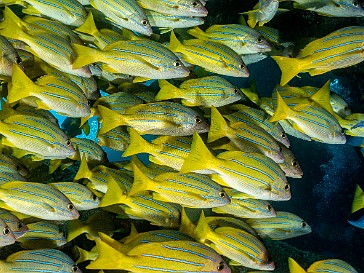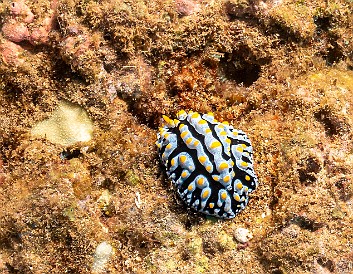
1 Large Fried-Egg Nudibranch at Harbor Ledges dive site
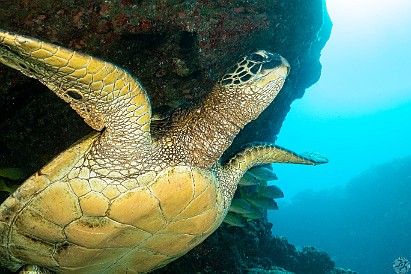
2 Turtle nap time is over 🐢
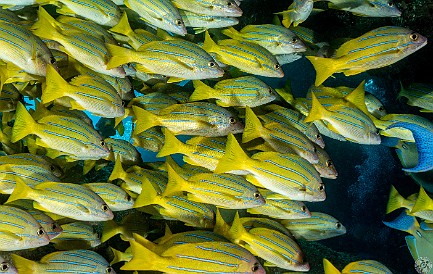
3 Schools of Bluestripe Snapper at Sheraton Caverns
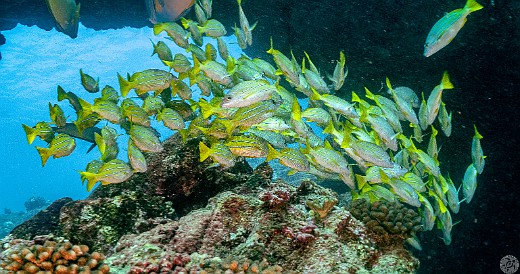
4 Schools of Bluestripe Snapper at Sheraton Caverns
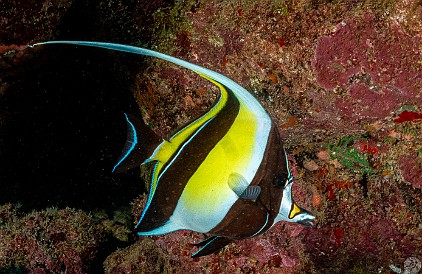
5 Moorish Idol
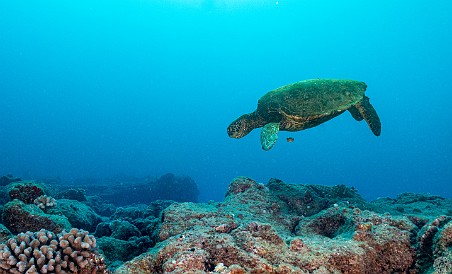
6 Lots of honu action on top of the Sheraton Caverns reef
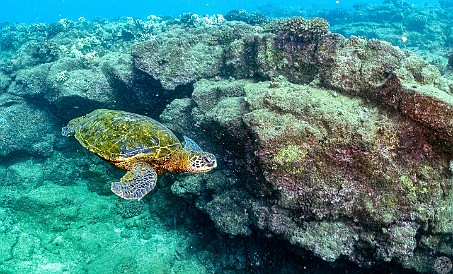
7 Lots of honu action on top of the Sheraton Caverns reef
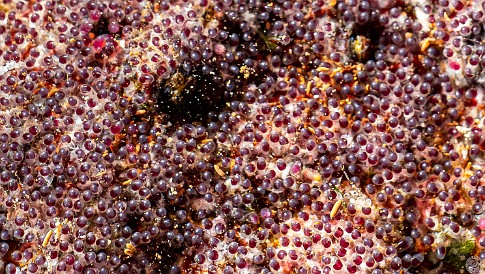
8 Close-up of a mat of Sergeant Major eggs hoping to hatch before they get eaten by predators
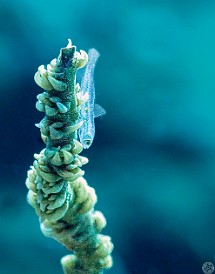
9 A wire coral goby, on what else but a stalk of wire or whip coral. Lit from behind it looks almost completely transparent. These guys are tiny, probably 1/2 -…
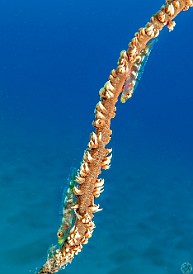
10 What's better than one wire coral goby? Of course it's two goby's! This shot I lit more from the front so while they are mostly transparent, you can see the…
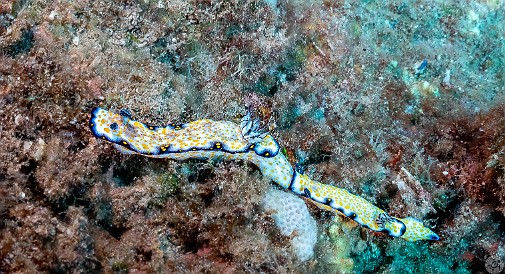
11 Hypselodoris Imperialis, commonly known as the Imperial Nudibranch, are often seen like this in pairs trailing each other head-to-tail. No one is sure why they…
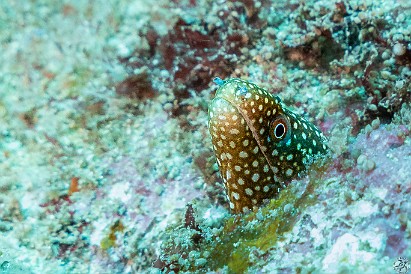
12 A small whitemouth moray pokes its head out from the Sheraton Caverns reef
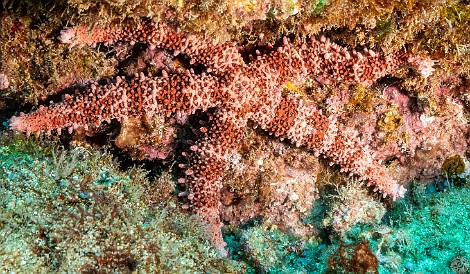
13 A Fisher's Sea Star tucked under a rock outcropping
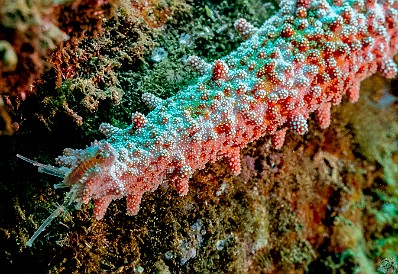
14 Close-up of one of the Fisher Star's limbs showing some of its tube feet
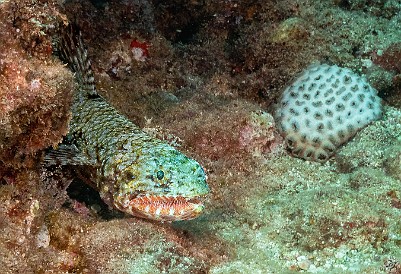
15 Hawaiian Lizardfish
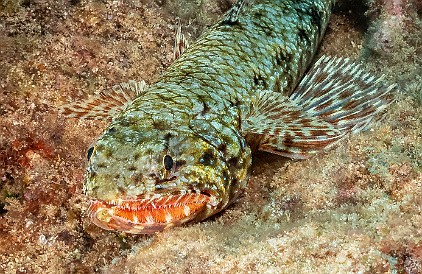
16 Hawaiian Lizardfish
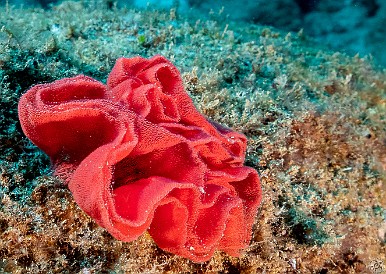
17 This "rose" is actually the spiral egg sac laid by the Spanish Dancer nudibranch
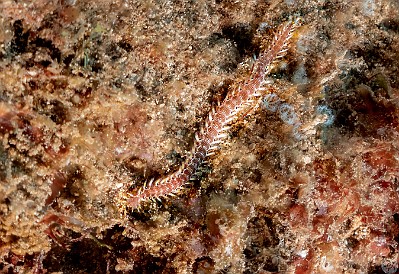
18 Not a nudi, but a fire or bristle worm
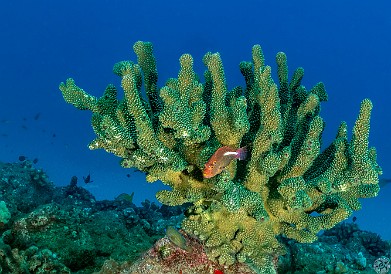
19 Arc-eyed Hawkfish guarding it's spot on the head of coral
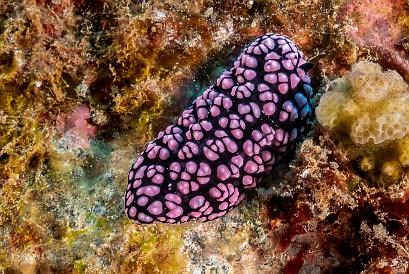
20 Phyllidiella Pustulosa is fairly common, but this is the first decent photo that I've captured. Their bright pink / fuchsia color is hard to miss.




















